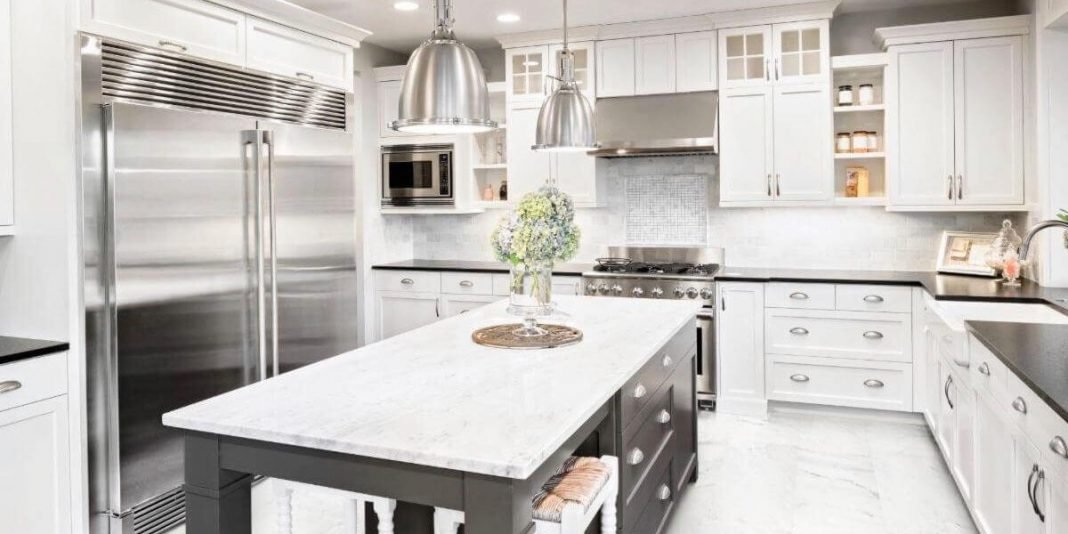Selecting the perfect countertop material for your kitchen is difficult. There are a variety of options, and the best-known are natural stones like granite and marble. However, porcelain and quartz are becoming increasingly popular among homeowners.
Last year, when we decided to renovate our kitchen, our first goal was to replace our kitchen countertops. My husband and I talked to a number of renovators and they suggested different materials such as granite, concrete and marble.
We were confused. How could there be so many different countertop material options? Wasn’t one better than the other?
Then my colleague recommended MaxSpace Stone Works. Their staff listened to our requirements and suggested porcelain or quartz. After comparing the two and considering our needs, we choose porcelain. Our countertops remain functional and attractive to this day.
What are the differences between quartz and porcelain slab countertops? Keep reading to find out which is best for your kitchen.
Table of Contents
Comparison between Quartz and Porcelain Slab Countertops
Here is a brief comparison between quartz and porcelain slab countertops to help you determine which is best for your kitchen.
Heat Resistance
Porcelain slabs withstand heat very well and remain unaffected even by direct exposure to sunlight. Compared to porcelain, quartz is less resistant to heat. Although placing a hot pan or pot on a quartz countertop may not cause damage immediately, doing so will eventually create discolouration or damage.
Durability
Interestingly, both quartz and porcelain are stronger than granite, but porcelain countertops become brittle and thinner during installation. While quartz is a heavy stone, it is less prone to breakage or damage during installation.
Cleaning & Maintenance
Porcelain surfaces may be cleaned using common household cleaners. They also do not need to be polished in order to keep up their finish.
For quartz countertops, daily cleaning with a moist microfiber cloth and neutral liquid detergent is adequate. Avoid using abrasive chemicals like bleach.
Installation
When it comes to installation, porcelain kitchen countertops can be easily mounted on the existing ones without even moving them.
But quartz countertops are heavy so need to be mounted on the cabinetry, and the existing countertops should be removed first. In a few cases, a new cabinet has to be mounted in order to support the quartz.
Types of Edges
As porcelain countertops are thinner than quartz ones, there are fewer edging choices available from porcelain slab manufacturers. Square or mitered edges are used for porcelain countertops. (A mitered edge is a 90-degree edge that joins the surface of the countertop with a second and a thinner countertop piece.)
The edge options for quartz are ogee, bevelled, straight, and full bullnose. Ogee edge has a stylish ‘S’ shape, the bevelled edge is marked by its sharp 45-degree angle, and full bullnose has a rounded shape.
Price
Porcelain slab countertops are less expensive than quartz ones. The average price of porcelain countertops along with installation is approximately $60 to $100 per square foot. In the case of quartz, prices range from $40 per square foot to over $100.
When it comes to ordering porcelain slabs or quartz countertops, remember that each has its own properties. Hopefully, this guide helps you choose between them. If you are still finding it difficult to determine the right countertop option for your kitchen, consult the best fabricator in your area.















